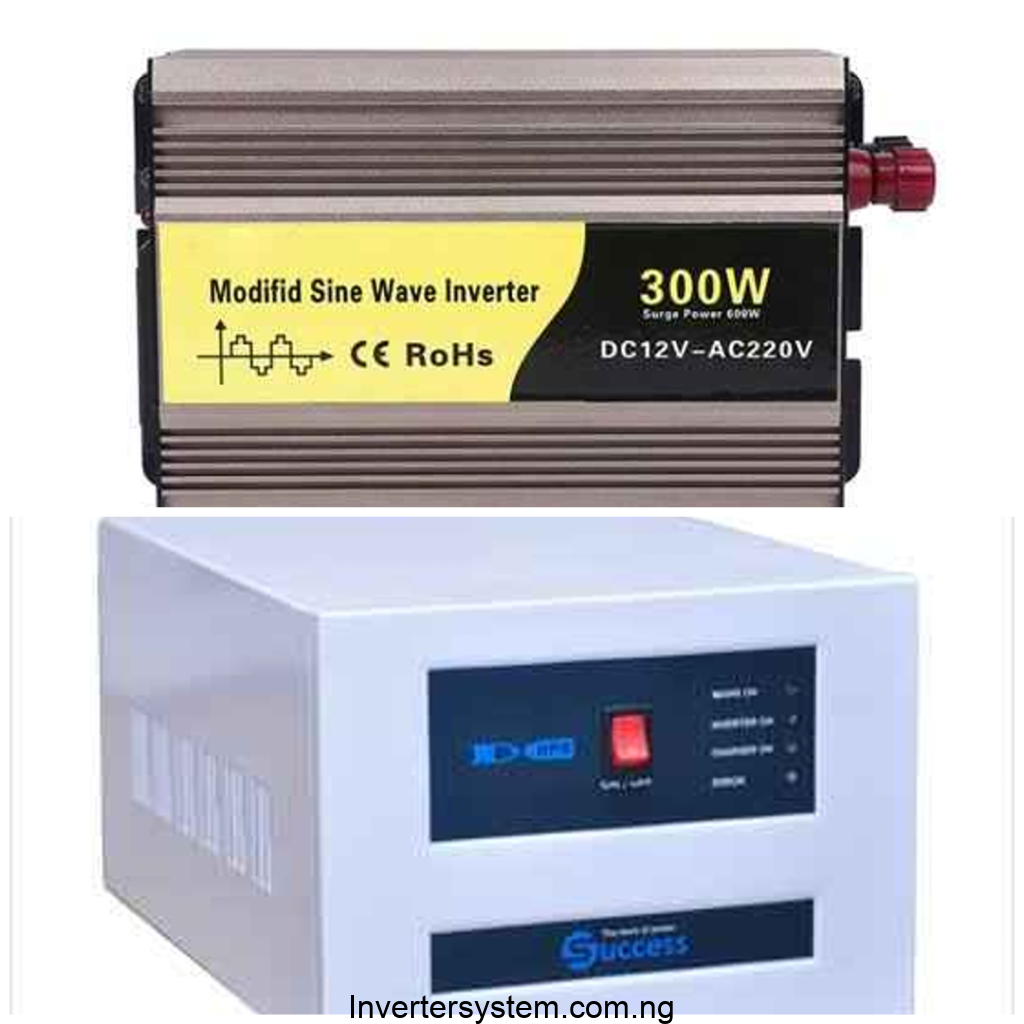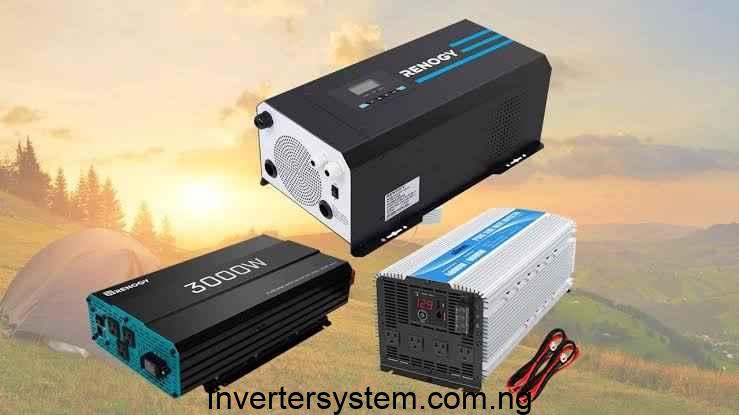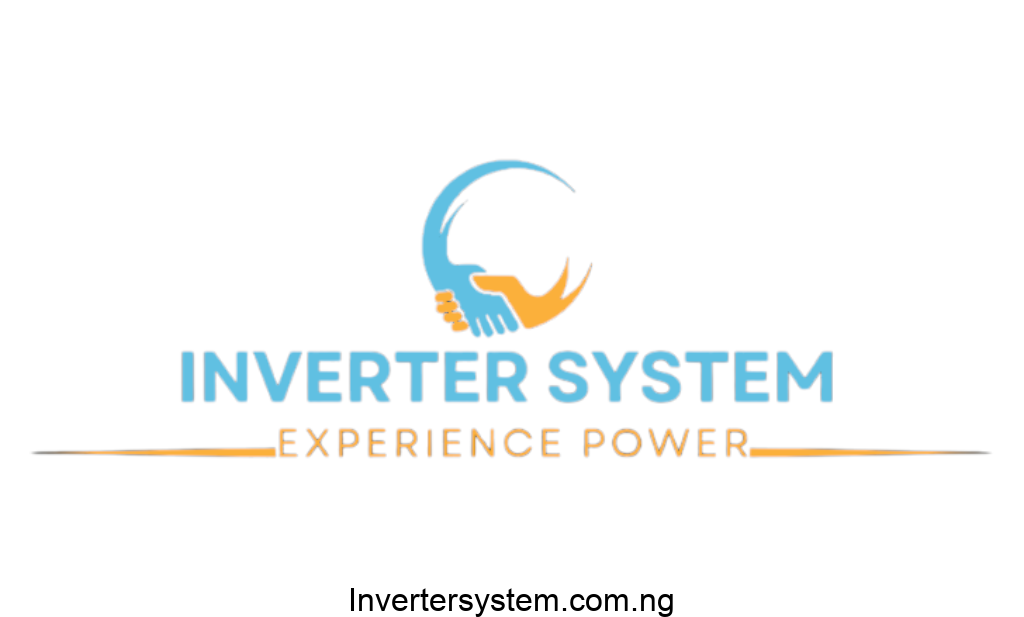Pure Sine Wave Inverter for TV: Does it matter?

Imagine settling down to watch your favorite TV show during a power outage, only to encounter screen flickering or distorted sound. While inverters are a lifesaver in such scenarios, choosing the wrong one can lead to poor TV performance—or worse, permanent damage to your expensive entertainment setup. This brings us to the question: Do TVs require a pure sine wave inverter, or can other types suffice?
Modern TVs, especially LED, OLED, and Plasma models, have sensitive electronics that demand clean, stable power. A pure sine wave inverter ensures seamless operation, mimicking grid power to protect and optimize your TV’s performance. This guide explores why it is essential, what alternatives exist, and how to choose the best inverter for your television needs.
What is a Pure Sine Wave Inverter?

A pure sine wave inverter is an advanced type of power inverter that converts DC (direct current) from a battery into AC (alternating current) that mirrors the smooth waveforms provided by utility grids.
Key Characteristics of a Pure Sine Wave Inverter:
- Clean and Stable Power: Mimics the natural AC waveform found in grid electricity.
- Universal Compatibility: Can power all electronic devices, including sensitive ones like TVs, laptops, and medical equipment.
- Reduced Interference: Ensures stable operation for electronics requiring high precision.
This contrasts with modified sine wave inverters, which produce a stepped waveform, and square wave inverters, which generate rough, unstable power that can harm sensitive devices.
Why Do TVs Need a Pure Sine Wave Inverter?

Modern TVs rely on delicate internal components such as microprocessors, power circuits, and signal processors. These components are highly sensitive to inconsistent or low-quality power, which is why a pure sine wave inverter is the optimal choice.
Risks of Using Non-Pure Sine Wave Inverters for TVs:
- Flickering and Distorted Displays: Modified and square wave inverters can cause noticeable screen interference.
- Audio Disruptions: Poor-quality power may result in distorted or crackling sound.
- Shortened Lifespan: Power irregularities can degrade internal components over time.
- Overheating Issues: Inconsistent power delivery can cause your TV to overheat, risking permanent damage.
Benefits of a Pure Sine Wave Inverter for TVs:
- Stable Power Delivery: Protects against voltage fluctuations that can harm sensitive components.
- Enhanced Viewing Experience: Ensures smooth picture quality and consistent sound output.
- Extended Lifespan: Preserves your TV by delivering the correct power supply.
- Energy Efficiency: Reduces power wastage and ensures optimal performance.
Advantages of Pure Sine Wave Inverters for TVs

Pure sine wave inverters aren’t just a luxury—they are a necessity for sensitive electronics. Here’s why they stand out:
- Protection Against Surges and Spikes:
- Fluctuations in power can cause irreparable damage to TV components.
- Pure sine wave inverters maintain consistent voltage, reducing these risks.
- Universal Compatibility:
- Works seamlessly with all TV types, including LED, OLED, LCD, Plasma, and CRT models.
- Suitable for powering additional devices like home theaters, soundbars, and gaming consoles.
- Optimal Performance:
- Maintains picture clarity and sound fidelity by replicating grid-like power.
- Cost-Effectiveness Over Time:
- While the upfront cost is higher, it saves money by preventing frequent repairs or replacements caused by power irregularities.
Alternatives to Pure Sine Wave Inverters for TVs

Not all inverters are created equal. Let’s explore how modified sine wave and square wave inverters compare to pure sine wave inverters for TV use.
Modified Sine Wave Inverters:
- Advantages:
- Lower cost.
- Suitable for basic appliances like fans or older electronics.
- Disadvantages for TVs:
- May cause screen flickering, audio disruptions, and potential overheating.
Square Wave Inverters:
- Advantages:
- Cheapest inverter option.
- Disadvantages for TVs:
- Not suitable for sensitive electronics.
- Highly inefficient and prone to causing damage.
Conclusion on Alternatives:
While alternatives might work for simple devices, they’re not recommended for TVs. A pure sine wave inverter ensures optimal performance, safety, and longevity.
Key Considerations When Choosing an Inverter for TV Use

Selecting the right inverter requires more than just picking a pure sine wave option. Consider these critical factors:
- Power Capacity:
- Calculate the total wattage of your TV and other connected devices.
- Add a 20–30% margin to account for power surges during startup.
- Compatibility:
- Verify that the inverter is compatible with your TV type and other appliances.
- Energy Efficiency:
- Look for high-efficiency ratings to minimize battery drain and maximize backup time.
- Safety Features:
- Choose an inverter with overload protection, short-circuit prevention, and thermal shutdown capabilities.
- Durability and Reliability:
- Invest in trusted brands with proven track records and robust designs.
Best Pure Sine Wave Inverters for TV Use

Here are some of the top-rated pure sine wave inverters for powering TVs:
- Renogy 1000W Pure Sine Wave Inverter:
- Compact and highly efficient.
- Ideal for small to medium-sized TVs.
- AIMS Power Pure Sine Wave Inverter:
- Durable and reliable for large TVs and multiple connected devices.
- Xantrex PROwatt SW Inverter:
- Lightweight, portable, and user-friendly.
- Perfect for mid-sized TVs.
Pro Tip: Always match the inverter’s wattage output to your TV’s power requirements for optimal performance.
Tips for Setting Up a Pure Sine Wave Inverter for TV
- Proper Installation:
- Place the inverter in a ventilated, dry area to prevent overheating.
- Use High-Quality Cables:
- Avoid power loss by using thick, durable cables for connections.
- Battery Maintenance:
- Regularly inspect and maintain the inverter’s battery to ensure consistent power supply.
- Safety First:
- Follow manufacturer guidelines and use surge protectors for added safety.
Common Myths About Pure Sine Wave Inverters for TVs
- “All inverters are suitable for TVs.”
- Truth: Only pure sine wave inverters provide the clean power required for sensitive electronics.
- “Pure sine wave inverters are overpriced.”
- Truth: While the upfront cost is higher, they save money by preventing costly repairs.
- “Any inverter can replicate grid power.”
- Truth: Only pure sine wave inverters mimic grid power accurately.
Conclusion
Investing in a pure sine wave inverter is the smartest decision for protecting your TV and ensuring uninterrupted entertainment. Its stable, clean power enhances performance, prevents damage, and guarantees a longer lifespan for your electronics.
Now that you’re equipped with this knowledge, it’s time to take action. Choose a pure sine wave inverter that matches your TV’s requirements, and enjoy worry-free viewing—even during power outages!





